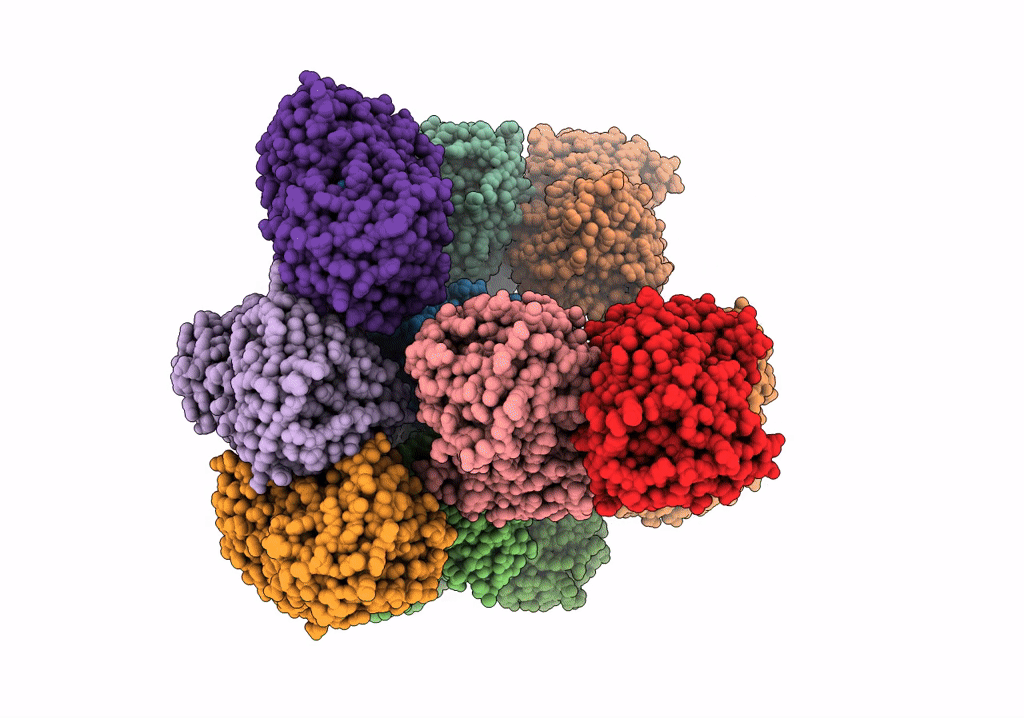
Deposition Date
2022-06-07
Release Date
2023-07-05
Last Version Date
2025-01-15
Entry Detail
PDB ID:
8D84
Keywords:
Title:
E. faecium MurAA in complex with UDP-N-acetylmuramic acid (UNAM) and a covalent adduct of PEP with Cys119
Biological Source:
Source Organism:
Enterococcus faecalis (Taxon ID: 1351)
Host Organism:
Method Details:
Experimental Method:
Resolution:
2.65 Å
R-Value Free:
0.26
R-Value Work:
0.24
R-Value Observed:
0.24
Space Group:
P 2 21 21


